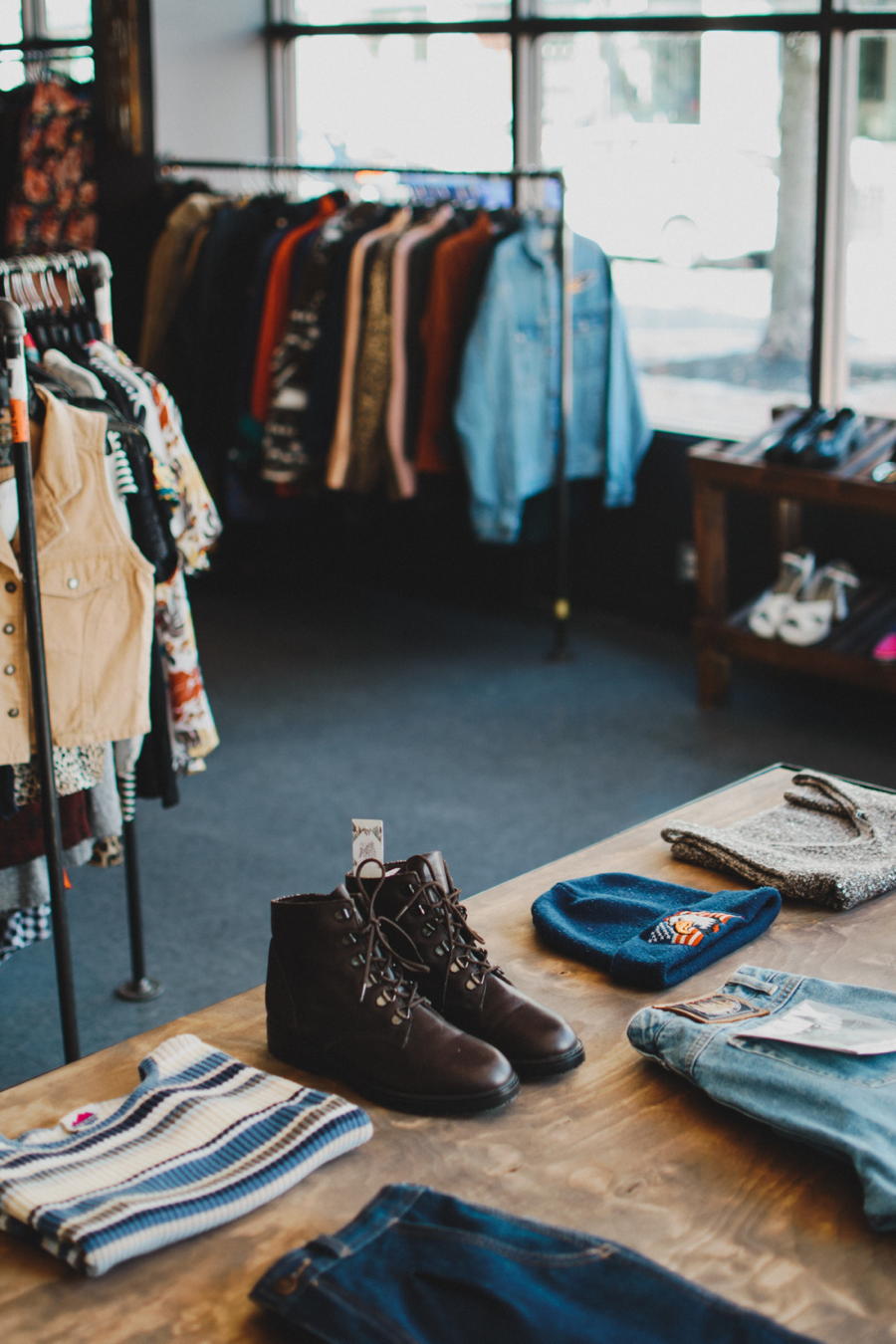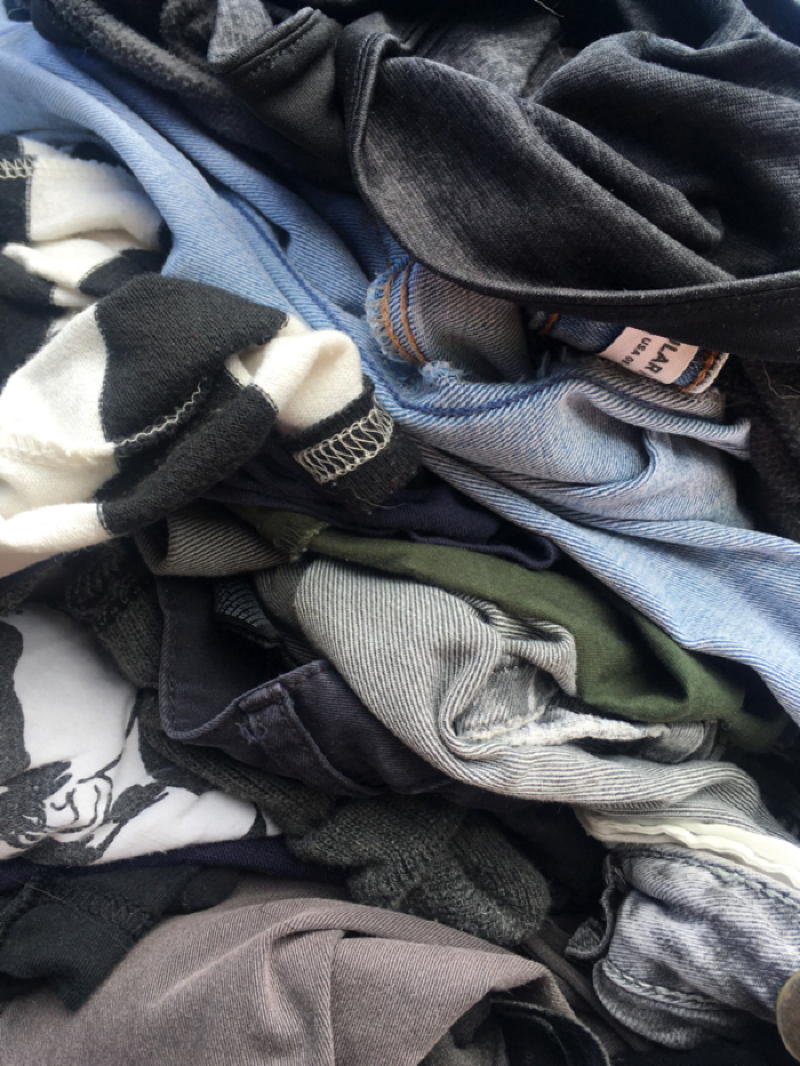What Happens With The Clothes You Bring Back To Shops?
Have you ever wondered where the clothes you return to stores end up? We believe that other customers purchase the clothes we return to the store, but this is not always the case.
To receive the Luxiders Newsletter, sign up here.
We think that the most logical thing to do is to expect that once we return the garments, they will go back on sale without any problem and the reality is that this does not always happen; this is just one more motive in the list of the many reasons for the contamination caused by the fashion industry.
WHAT HAPPENS WITH CLOTHING RETURNS?
We have found many ways to avoid wasting time in long lines at stores, such as online shopping or hiring personal shoppers and measuring our clothes at home and when a garment does not satisfy our expectations, we return it, and since returns are free, they have become a hook to boost sales.
Once the garment is returned in the best case, it is verified that the garment physically matches the one reflected in the order and the physical condition of the same is checked. If the latter is correct, it is returned to the company's stock for sale on the web or in any of the brand's stores, otherwise the garment is withdrawn from sale. To reach this point the money was already returned but the damage also with the fuel consumption spent to travel back.
Returns generate so many losses for companies that sometimes they even offer a refund of the price of the product, but without receiving it back. It is estimated that around 10% of clothing returns do not pass the processes and quality tests to be reinstated for sale, this is because the product may be damaged or may have already expired for sale, so it is discarded in the trash.

WHERE ARE OUR CLOTHES DISCARDED?
One of the main places where these clothes are discarded is in Latin America, specifically in the Atacama Desert, which is called "the clothing cemetery". Around 59 thousand tons of clothes arrive each year at the port of Iquique, in the Alto Hospicio Free Trade Zone, in northern Chile.
Clothing made mainly in China or Bangladesh and passing through Europe, Asia and the United States. Traders in the capital, Santiago, buy some, while others are smuggled to other Latin American countries, but very little can be saved. In addition to worrying about the years, it takes these garments to disintegrate and the micro plastics they release in the process, there are fires, which normally last between two and ten days, according to the Environmental Secretariat of the Tarapacá Region, this smoke can cause cardiorespiratory diseases in the inhabitants of the areas near the garbage dumps.
Another of the most important landfills in the world is in Ghana, Africa, up to fifteen million used clothes arrive in Ghana every week, clothes donated or discarded by consumers in Europe, United States or China and 40% of them arrive vtoo dirty or damage, making it almost impossible to use or sell them.
There are many images of cows feeding on these mountains of clothes, plus they are so close to the seashore that the garments end up swimming in the Atlantic Ocean and as already mentioned most of them are made of polyester, micro plastics do not hesitate to do their job of pollution. Ghana has been unable to stop the importation of this type of waste from the West and since 1975, 80% of the workers in the textile industry have lost their source of income. A business for some, but a serious environmental risk.
WHAT SOLUTIONS EXIST?
Programs are needed to eradicate clandestine dumps and laws that force industries to lower mass production and take responsibility for their textile waste. We? Recycling, donations or exchanging clothes, there are many second hand stores, where you can sell your clothes and they resell them at ethical prices or exchange them for others that are already there. In this way, we obtain new garments at a low cost. In addition to being a win-win model, we are helping the environment and not encouraging this harmful culture.
THE PACT
The so-called "fashion pact" is a commitment by fashion giants to self-regulate and take measures to reduce the sector's impact on the environment. The commitments include eliminating single-use plastics by 2030, zero net emissions by 2050, sustainable extraction of raw materials, eliminating those where this is not possible, and the use of renewable energy for all production processes. Unfortunately, this deal only includes European and U.S. companies, we hope that more countries join this issue that is urgently in need of solutions and is something that should concern us all, not just the fashion industry.


+ Words:
Carmen Espinoza
Luxiders Magazine




